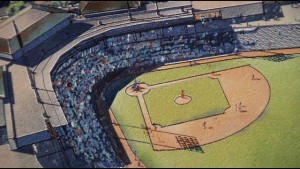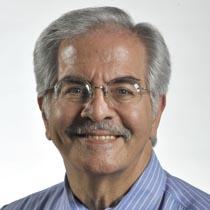I’m hearing some similar-sounding economic rumblings from two places: Amarillo, Texas and Oklahoma City.
An acquaintance of mine, Jason Herrick, active in Amarillo Matters, a pro-business political action group, writes this via Twitter: You mean the same OKC that first built a downtown ballpark, then attracted a minor league team and kicked off a revitalization of downtown? And now they are attracting new hotels and investment because there is demand for the product?
I am going to surmise from Herrick’s message that downtown Oklahoma City is continuing to stir, to come to life, to enjoy the fruits of public investment.
Amarillo’s downtown district is beginning to rumble in much the same manner, again thanks to some public investment.
You see, OKC decided some years to invest some public money into construction of a new ballpark near what’s now called Bricktown in the downtown district. The ballpark is now home to the city’s AAA minor-league baseball franchise. Bricktown took off, too.
The city encouraged development of an entertainment district along a Canadian River tributary that flows through the downtown area. Abandoned warehouses were re-purposed. The city built a new sports venue downtown, where the Oklahoma City Thunder play NBA basketball before packed houses.
Life is good in downtown OKC.
So, where is Amarillo tracking these days? From my vantage point it appears that the city of my former residence well might be along the same track. Yes, I get that Amarillo doesn’t have a river running through its downtown district. I also understand the disparity in the size of the two communities: Amarillo has 200,000 residents; OKC is home to around 700,000. Still, there are signs of life to be seen in little ol’ Amarillo.
A downtown ballpark is under construction. The city has opened a first-class convention hotel. Polk Street is stirring back to life. Residents are moving into newly developed dwellings.
Where will the future take Amarillo? It needs to look just a bit eastward along Interstate 40, toward OKC, perhaps to get a clue.




